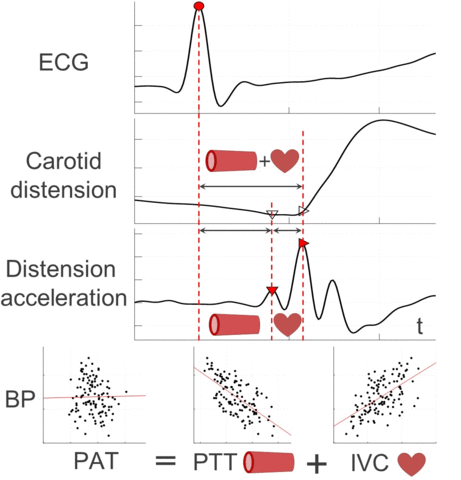Advancing the local Pulse Wave Velocity Measurement – Wave Confluence Decomposition using a Double Gaussian Propagation Model
https://www.embs.org/tbme/wp-content/uploads/sites/19/2024/07/TBME-01679-2023-Website_image.jpg
786
444
IEEE Transactions on Biomedical Engineering (TBME)
//www.embs.org/tbme/wp-content/uploads/sites/19/2022/06/ieee-tbme-logo2x.png
The Double Gaussian Propagation Model advances waveform modeling to enable local pulse wave velocity measurements (clinical marker of arterial stiffness) by accounting for confluence of forward and reflected arterial waves.
read more


